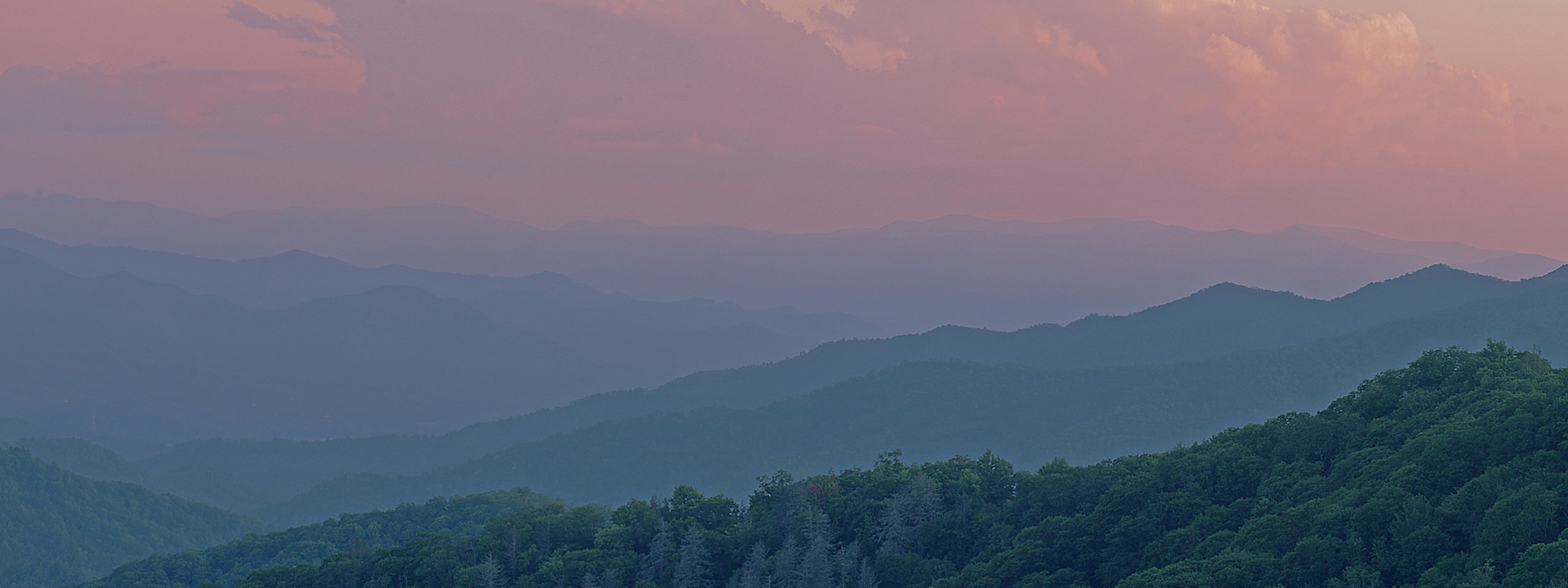
31 million light years away sits M51, also known as the Whirlpool Galaxy. Its’ distinctive shape has made it a favorite galaxy to photograph for me since I started this hobby. Originally discovered in

In the constellation Orion there are three easily recognized stars that make up Orion’s Belt. Right below the easternmost star, Alnitak, lies the small nebula Barnard 33 (B33), better known as the Horsehead Nebula.

Our closest Galaxy neighbor is M31, the Andromeda Galaxy. It is a mere 2.5 million light years away from the Milky Way. At a dark enough site it is one of the most distant

M42, The Great Orion Nebula, is the first target for many astrophotographers. Easily located in the constellation Orion, it can be found with the naked eye. With a camera and a few seconds of

M42, the Great Orion Nebula, was the first target I imaged when starting astrophotography. If you want to dip your toes into the hobby it is the first subject I would recommend. A bright

2020 Astrophotography Year in Review
2020 was a year of nebulae, galaxies, comets, star clusters, supernovae, and planetary conjunctions. There was little travel due to the pandemic, but the skies were active. I was able to use 2020 to

NGC2264 is the designation for an area with two astronomical objects, the Cone Nebula and the Christmas Tree Cluster. They are located in the Monoceros constellation 2,600 light years from Earth. That is 800

Conjunction is a term meaning to join together. If you remember Schoolhouse Rock Conjunction Junction you know that with language conjunctions relate to clauses brought together in sentences. In astronomy the term conjunction is

Approximately 1,500 light years away from the state on the West Coast is the California Nebula, NGC 1499. Discovered by E. E. Bernard in 1884, it gets its name from the similar shape to

Located about 7,500 light-years from Earth are IC 1805 and IC 1848, the Heart and Soul Nebulae. Also shown is IC 1795, the Fish Head nebula. These nebulae are large star-forming complexes making up

IC1396, or the Elephant Trunk Nebula, can be found in the constellation Cepheus. This is an image I took over multiple nights in June and July. It is called the Elephant Trunk Nebula due

The constellation Cygnus boasts many great deep space objects. I have previously imaged the Eastern Veil Nebula, the Dumbbell Nebula, and the North America and Pelican Nebulae, all located in Cygnus. This image is

NGC7000, the North America Nebula, is an emission nebula in the constellation Cygnus. It received the name due to the distinctive shape resembling the North America continent. Sitting next to NGC7000 is the Pelican

Globular Clusters are collections of stars that orbit a galactic core. They are spherical in shape due to gravity tightly bounding the stars together. These star clusters are fairly common, with over 150 known

In April 1990 NASA launched the Hubble Space Telescope. Above the distortion of the atmosphere, Hubble has an unobstructed view of the universe. In 1995 Hubble captured an image containing 3 pillars of gas

In the last post, M27: The Dumbbell, I wrote about a stars’ finite life. M27 is a planetary nebula, the result of a dying star of intermediate size. A massive star goes from star

Stars have a finite life, eventually they will end. A massive star goes from star to red supergiant, followed by a supernova. In a supernova ~75% of the star’s mass is ejected into space.

Within the constellation Virgo there are over 2000 galaxies known as the Virgo Cluster. One subgroup, near the tail of Leo, is known as Markarian’s Chain. Discovered by Armenian astrophysicist Benjamin Markarian, this string



